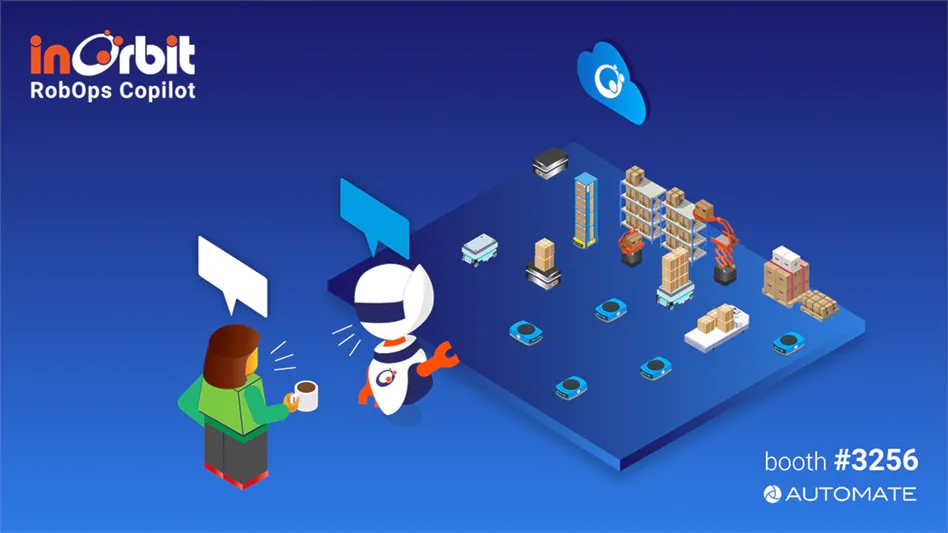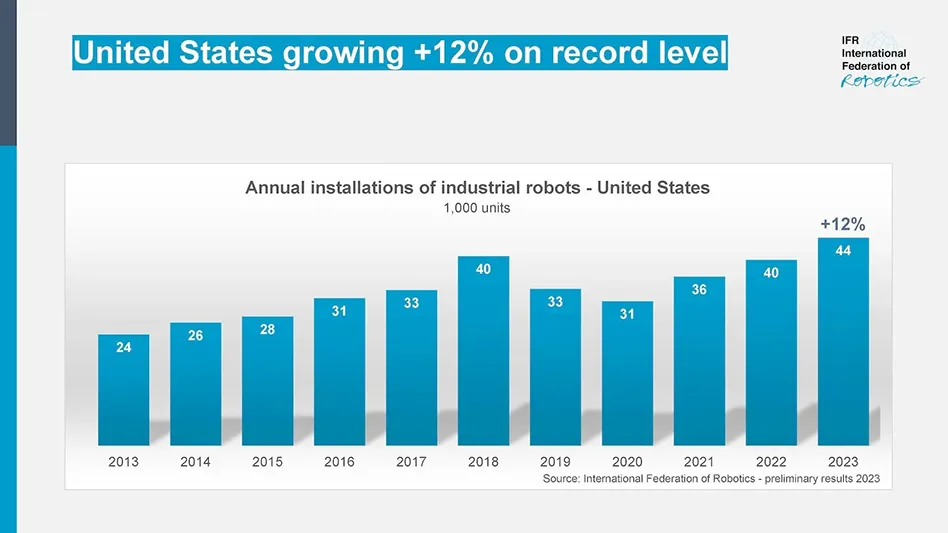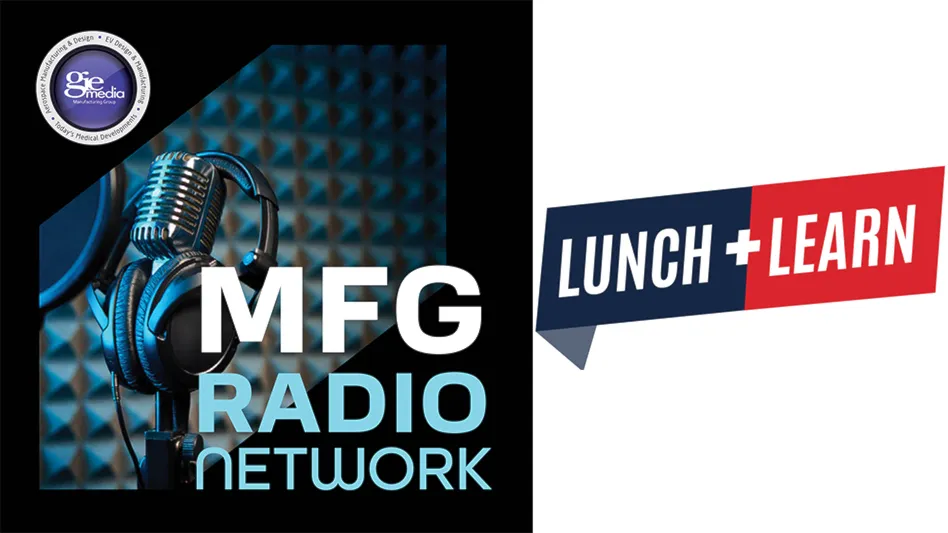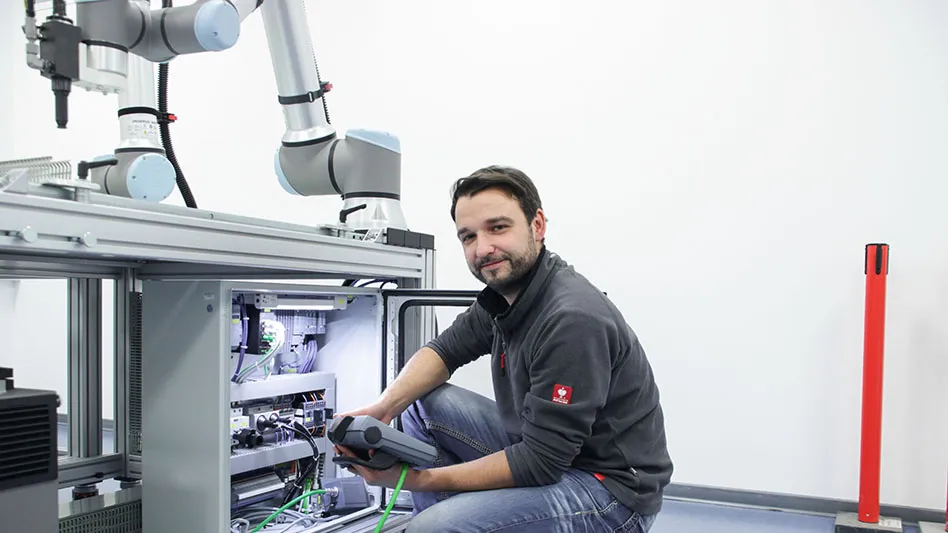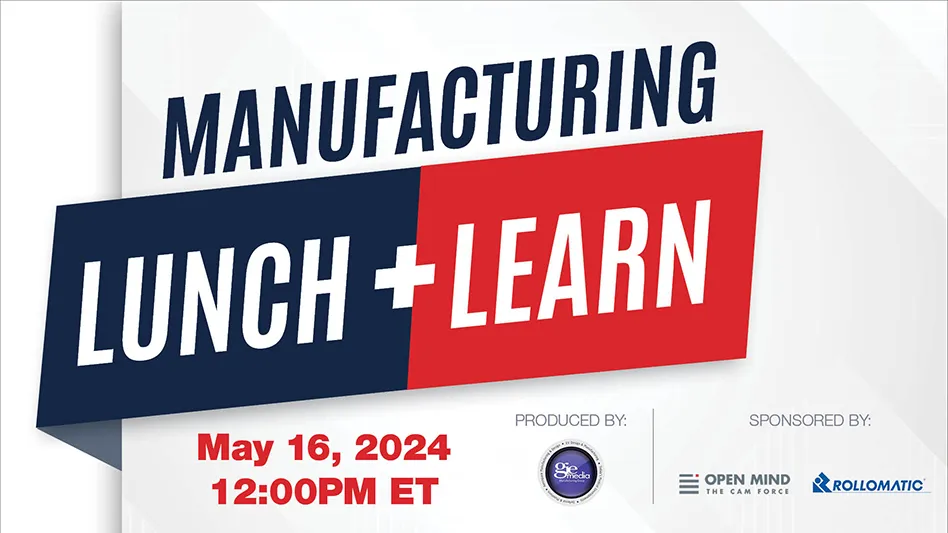 To bring a product to market rapidly, close communication between all is required.Medical OEMs and start-ups are in search of a single contract partner that will streamline the process from design to manufacture and accelerate products to market, all while keeping within budget constraints.
To bring a product to market rapidly, close communication between all is required.Medical OEMs and start-ups are in search of a single contract partner that will streamline the process from design to manufacture and accelerate products to market, all while keeping within budget constraints.
Many contract manufacturers employ rapid prototype fabrication as a tool to help bring products to fruition quickly. While rapid prototyping is a critical component of the design and development process, a holistic approach is needed to ensure medical devices are introduced quickly and cost-effectively. This holistic approach, called rapid product development, essentially divides the approach into three key components: people, processes, and technology. Rapid product development combines all three components to help medical companies introduce products that will provide the most reliable and effective patient care possible.
One way that KMC Systems is addressing this market need is through the KMC 360 program, the company’s complete program for contract design, manufacture, and maintenance. Designed to support OEMs and start-ups throughout the entire medical device and instrumentation product lifecycle, the program centralizes all outsourcing support. The company’s program streamlines communication and strengthens product quality with concrete time-to-market advantages.
Developing a complex medical device or instrument requires large teams of engineers that can make it challenging for the necessary cross-disciplinary efforts to meet the product requirements. In order to reduce the chances for errors in the design or transition to manufacturing, rigorous communication and understanding of processes, technologies, and risks across the team is required.
Streamlining, Anticipating
Process improvements needed to support rapid product development follow two requirements. The first requirement is that the quality systems, established by the manufacturer in order to ensure products meet FDA requirements and specifications, must be flexible, but structured enough to apply the right amount of control at each phase of the program.
The second process requirement is the need for speed. Paperless approval systems provide the appropriate documentation control with significant time savings. In addition, process workflows help to avoid errors, ultimately bringing the product to market faster.
In the past, solutions for configuring, debugging, and testing software in a medical device involved utilizing many different vendors’ low-level debugging utilities. In order to save time in software development, which can often require a large time commitment, companies can streamline the process by developing robust libraries of proven software code and electronic controls that can be reused in future projects.
The development of reusable software and hardware components not only saves time and cost, but also allows the engineering team more time to focus on the unique challenge in the design of a system. It also helps reduce risk in the development phases since a platform is already established. Finally, it provides standardization that serves as a backbone.
Product to Market – FAST
SurgiQuest Inc., a laparoscopic access technology company, teamed with KMC Systems for the introduction of its AirSeal Optical Trocar & Cannula System, which provides unobstructed access, remarkable visibility, and monitors intra-abdominal pressure for minimally invasive laparoscopic surgery all through a single port.
The ultimate goal of the project was to complete the development of the DPS System that, 1) met the product requirements, 2) addressed design for manufacturability, 3) passed verification testing, and 4) transitioned to full-scale production in approximately six months.
To bring the product to market rapidly, close communication between the engineers at KMC Systems and the project management and technical staff at SurgiQuest was required. Frequent meetings were held to test the device and solve challenges during the development process
Two of the design challenges encountered were the size and shape constraints, as well as the audible noise level requirements. The collaborative team solved these challenges by optimizing the system component packaging and through creative noise dampening design.
The rapid product development process from KMC Systems provided the necessary documentation, process, traceability, and control. Ultimately, SurgiQuest met its goal of market introduction within six months.
Conclusion
With a holistic focus on people, processes, and technologies, rapid product development is an economical and time efficient way to create quality medical devices in this competitive market. Leveraging all of the tools available, both contract manufacturers and medical companies can streamline their processes and deliver high-quality medical devices and instrumentation to market on-time and within reasonable budgets.
KMC Systems
Merrimack, NH
kmcsystems.com
SurgiQuest Inc.
Orange, CT
surgiquest.com
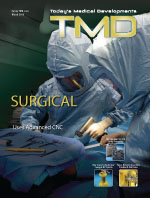
Explore the March 2010 Issue
Check out more from this issue and find you next story to read.
Latest from Today's Medical Developments
- mimic joins race to develop the first AI-driven cobot
- UPCOMING WEBINAR: Additive Manufacturing for Aircraft Cockpit Interior Components
- Better than graphene material development may improve implantable technology
- Still time to register for the May 16 Manufacturing Lunch + Learn
- Next generation of vision implants
- UCIMU: Q1 2024, a downturn in the orders of machine tools
- #43 Manufacturing Matters - 2024 Spring Aerospace Industry Outlook with Richard Aboulafia
- Tsugami America’s Technical Center in Minnesota
